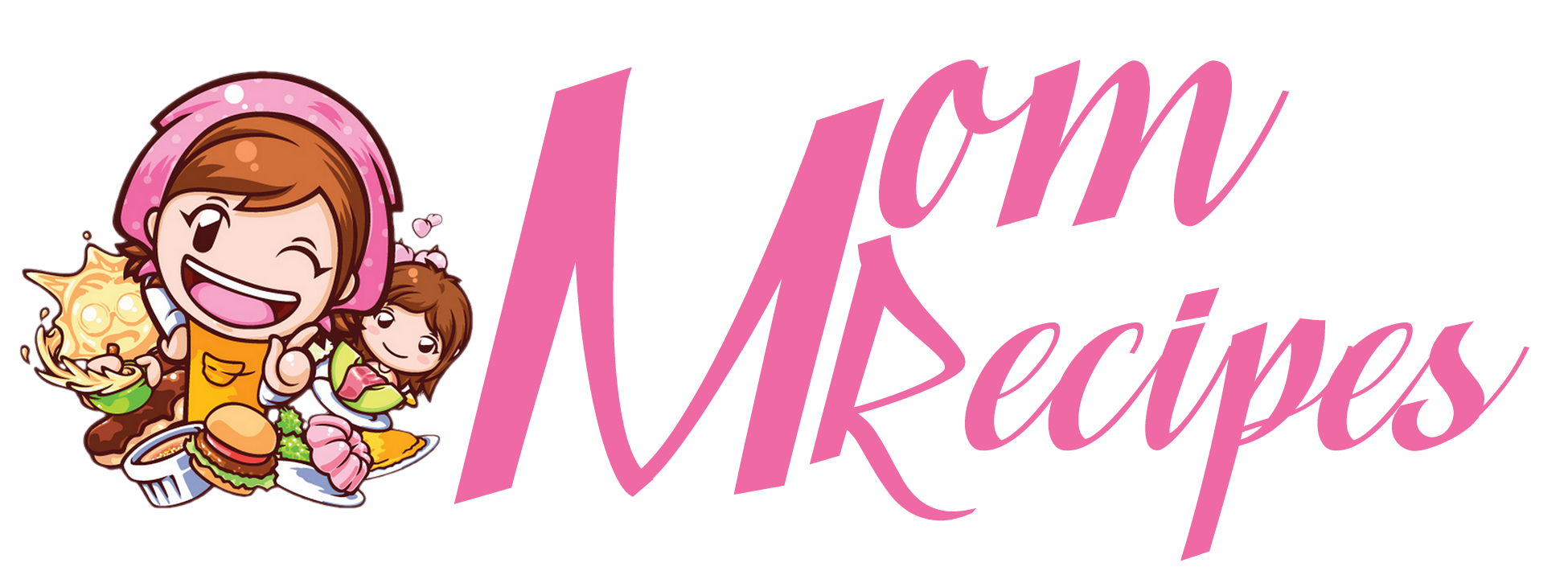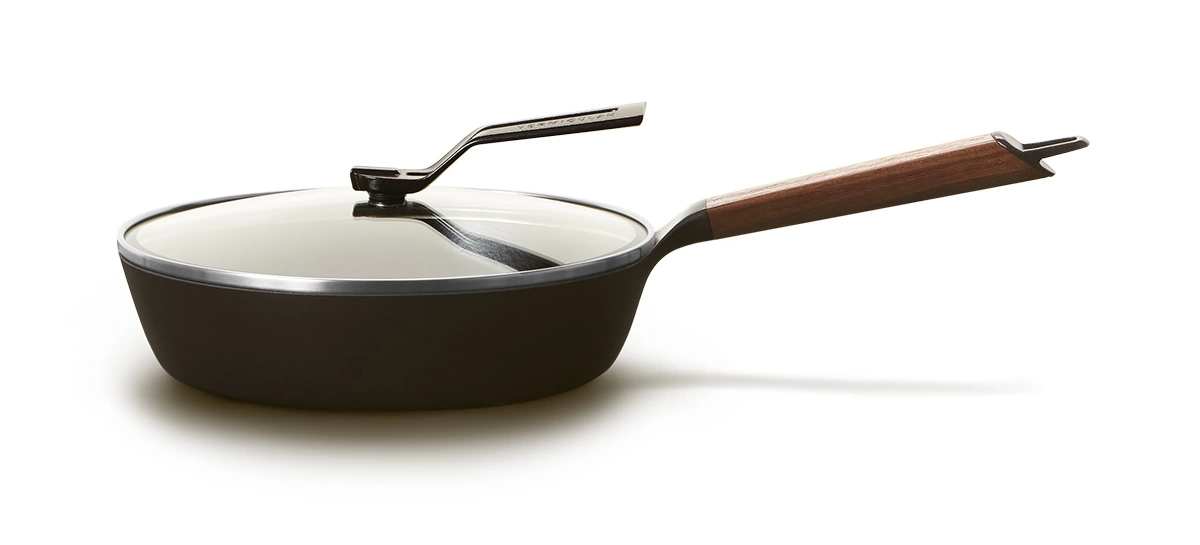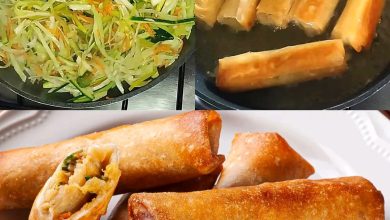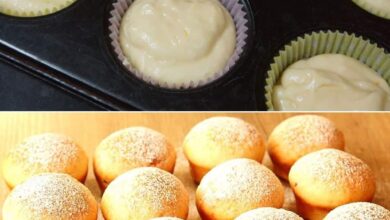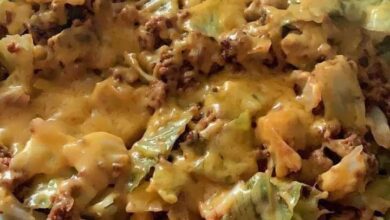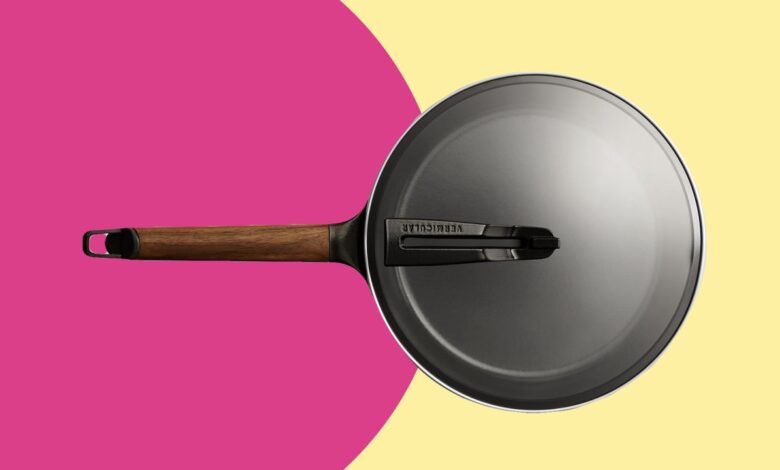
Last summer I wrote about cast-iron pans on this here very site, insisting that you absolutely need one. (I stand by that.) “If you’ve already got one, move along!” I added. I believed it—and for many cooks one cast-iron workhorse will do. But ever since I wrote that article, fancy cast-iron pans have been following me around, popping up in targeted ads and earnest conversations from fellow cooks. Happily, finally, I caved to temptation; I tried the sleek Vermicular Frying Pan.
The Vermicular Frying Pan claims to do everything you’d expect from a classic cast-iron skillet, like this dependable Lodge that often goes on sale for $18. Meaning, you can expect the pan to be durable, even-heating, and ideal for high-heat cooking. But beyond that, Vermicular says its frying pan will “recalibrate your expectations of cast-iron cooking” with its “featherweight design” and “heavyweight performance.” Unlike traditional cast-iron pans, the Vermicular also sports a nonstick enamel coating and claims to offer the best of both worlds—the slickness of the best nonstick pans coupled with the high-heat capacity of cast iron. I loved the idea of a pan that didn’t require two hands to go from stovetop to table. But I worried that without the heft, the Vermicular pan would cool down quickly when it came into contact with a big cut of meat and wondered if the pan could really be as low-maintenance as advertised. Plus, this pan is $155, with a corresponding glass lid for $40—would it be worth it?
To test those factors I used my Vermicular in place of my fallback Lodge for everything for three months. (Well, almost everything—more on its limitations later.) I browned mushrooms and wilted bok choy, seared this looks-fancy-actually-breezy one skillet steak, fried shallots, and steamed plump clams using that $40 lid. I also cooked a few things I would normally only trust on the glossy surface of a nonstick skillet: this weeknight crispy tofu, for example, and scrambled eggs.
After a couple of months of frying and searing, I can say that the Vermicular pan is lightweight and heats evenly and quickly, just as advertised. If you’re after a pan that will live permanently on your stovetop, this is the one. Its design is eye-catching enough you’ll never want to put it away anyway; while much cast-iron cookware is rustic and homey, the Frying Pan is more modern than it is prairie-ish. You’ll sear meat and fish, stir-fry vegetables, crisp tofu, toast nuts, and caramelize onions in here happily, thanks to the ripping hot surface and quick moisture evaporation. The nonstick enamel coating will stay in fairly good shape with little upkeep, making it ideal for anyone intimidated by the rigors of cast-iron care. It’s a gorgeous piece of cookware that offers precision where a traditional cast iron just provides a whopping dose of heat.
Still, the wooden handle, while ergonomically designed and lightweight, is not oven-safe and cuts the pan’s use in half. For that reason alone, the Vermicular Frying Pan is best for someone who already has a traditional cast-iron skillet for all their skillet cookies and roast chickens.
Score: 9/10
Pros
- Lightweight and even-heating
- Nearly nonstick
- Easier to care for than traditional cast iron
Cons
- Steep price
- Handle is not oven-safe
The basics
The Vermicular frying pan comes in two sizes: a 9.4″, which has a 2″ depth for easy frying, and a 10.2″, with a depth of 1.6″. The 9.4″, which I tried out, clocks in at just 2.3 lb. By comparison, a 9″ Lodge cast-iron skillet weighs 4.17 lb. The base of the pan itself is as thin as a nonstick skillet and has a slick enamel coating, which essentially means that the pan is even better at evaporating liquid than a standard cast iron, leading to faster and more even frying, searing, and caramelizing. Think of the enamel coating on your Dutch oven: This is a thinner layer of that. It’s not quite as scratchproof as the thick, glossy coating on a Le Creuset; it’s but a step up from standard, naturally porous “raw” cast iron.
